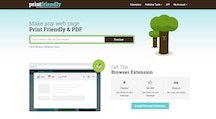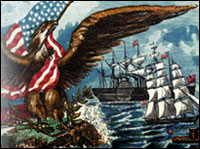We’re spending more time online, reading and researching with our students. We often need to print out these online resources for use as handouts or review materials. One of the problems with online research is that if you or your students print out a news article, a blog post, or just about anything on the web, the print job ends up being multiple pages that include ads and other things you don’t need.
But wasting paper is not the only concern. Ed tech folks often talk about the powerful impact that appropriate use of technology can have on learning, especially with online tools. The assumption is that web use by kids increases brain wiring—that being online makes students smarter. But we need to be careful with those sorts of assumptions.
A Wired article does a great job of documenting what happens in our brains when we’re online. And it’s not necessarily always good. The article’s author, Nicholas Carr, discusses a wide range of research claiming that hyperlinks, especially those that live inside text, cause comprehension problems.
- “People who read linear text comprehend more, remember more, and learn more than those who read text peppered with links.”
- “It takes hypertext readers longer to read documents and they were seven times more likely to say they found it confusing.”
- “Comprehension declines as the number of links increase—whether or not people clicked on them.”
So while online resources are powerful tools for learning, they can waste paper and decrease understanding if not used appropriately. What to do? Using two free online tools can help.

